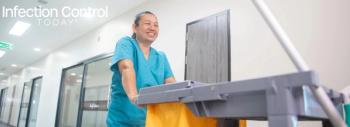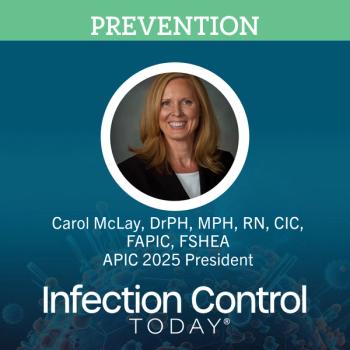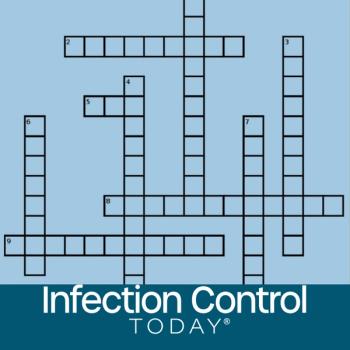
Onboarding Novice (and Higher Level) Infection Preventionists
An infection prevention and control department overseeing 28 hospitals created a manual that allowed infection preventions at all levels of experience to function optimally during the COVID-19 pandemic.
The infection preventionist (IP) profession faces a host of challenges that include the fact that IP
Then there’s the issue of just how to go about onboarding new IPs. An
The effort was launched at Ascension Wisconsin (AW), a health care system comprising 28 hospitals that was created by the merging of three existing health care systems. The AW system included 18 IPs with “varying degrees of experience,” the article states.
The AJIC article notes that it costs on average $4,129 to onboard an employee and can take as long as 52 days to fill an open position. “For many organizations, it is crucial to hire the right individual and get the IP to retain their position,” the article states. “Unfortunately, the onboarding process can take up to two years of IP experience to exhibit mastery of knowledge of IP before pursuing a certification…. Organizations cannot afford to have a high turnover rate.”
The IPs at AW created work policies and practices, and also devised a method by which they could better collaborate. The system was based on the “Roadmap for the Novice Infection Preventionist” created by the Association for Professionals in Infection Control and Epidemiology (APIC) in 2017.
“During the first year of the partnership, five vacancies occurred and brought three novice IPs and two experienced into the department,” the AJIC article notes. “The mix also brought forth challenges as some of the new members were new to the health care system.”
Hence, The Great Big Book of Everything that a newly hired IP with experience began to assemble.
The manual combined material the IPs needed to navigate each location, such as how to access electronic medical records (there were six EMRs in the system) and knowledge of infection prevention surveillance systems (of which there were three). “Other critical tools missing were organizational charts specific to local leadership and how it relates to the state and national leadership, past campaigns, tips, tricks, and tools specific to health care facilities.”
When COVID-19 struck in 2020, The Great Big Book of Everything became a crucial tool, the AJIC article states.
The infection prevention and control director used the manual “to orientate to the processes at the site. Additionally, four novices were hired as replacements, and training during a pandemic was a challenge,” the study states. “Each new IP received a binder and an electronic version to each novice during their first orientation week.”
What started out as a resource tool begun almost on a whim, proved to be a true lifesaver when IP positions needed to be filled during the pandemic, and “succession training” was absent.
The article says that the “tools contained within the book provided the director clear documentation and resources available for individuals floating to cover leave or vacancy and allowed for consistency within the site and organization. The Great Big Book of Everything continues to grow as we add more materials used in the past for education to reduce duplication, have one spot for education and retain a history of education.”
Newsletter
Stay prepared and protected with Infection Control Today's newsletter, delivering essential updates, best practices, and expert insights for infection preventionists.






